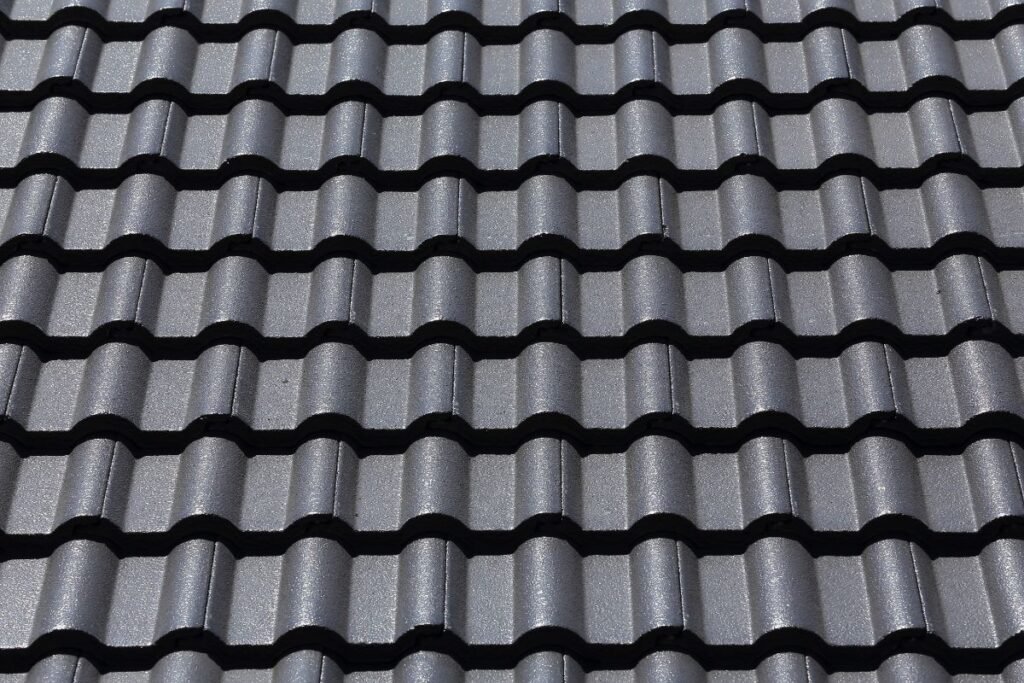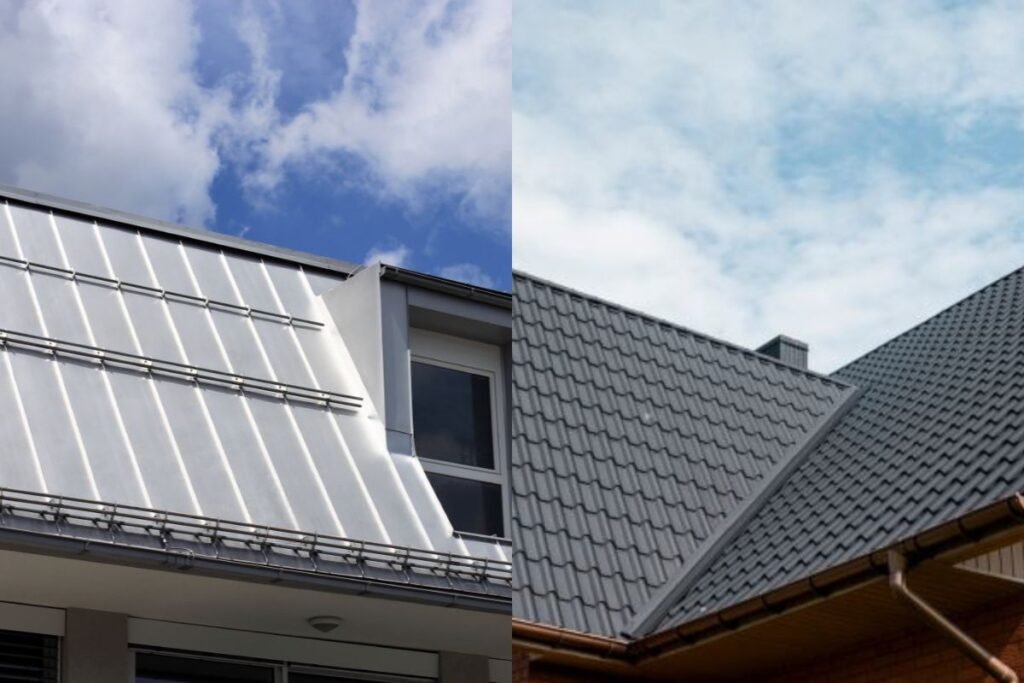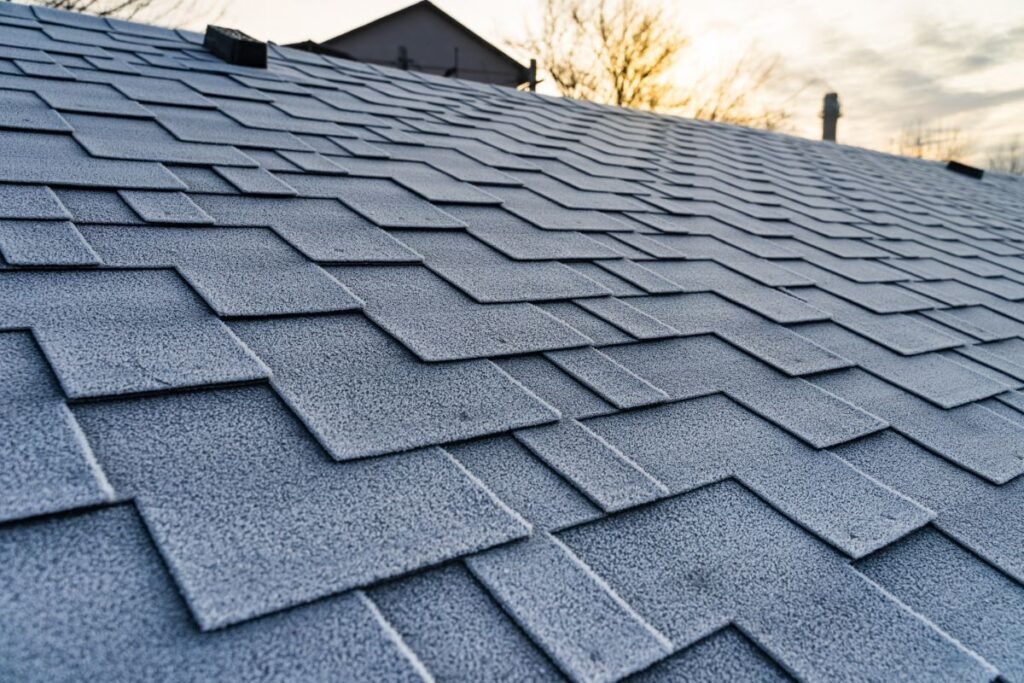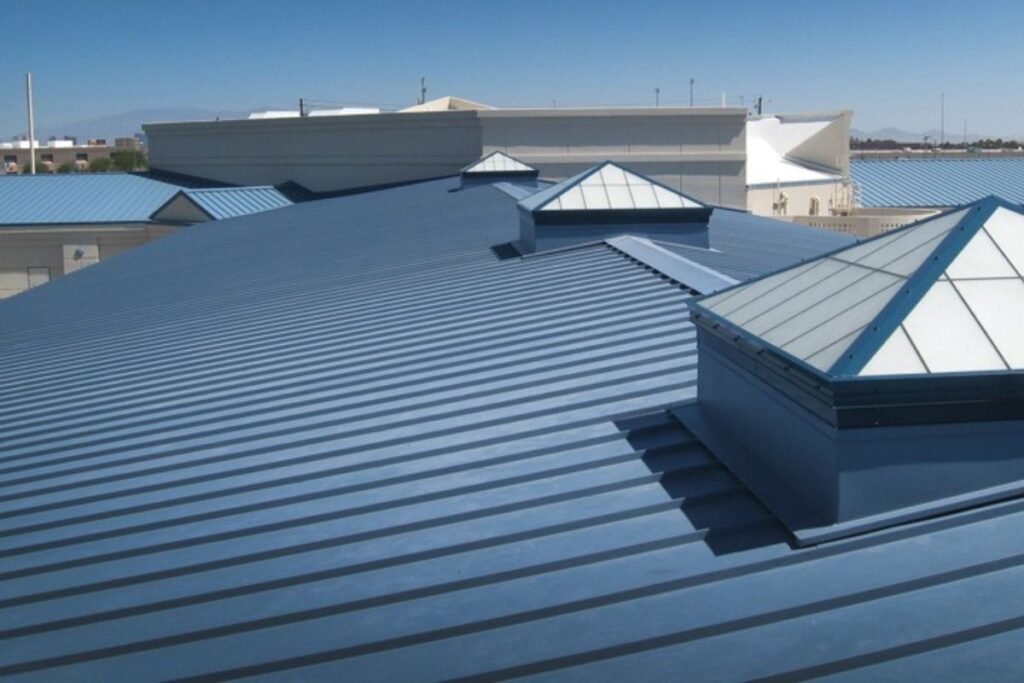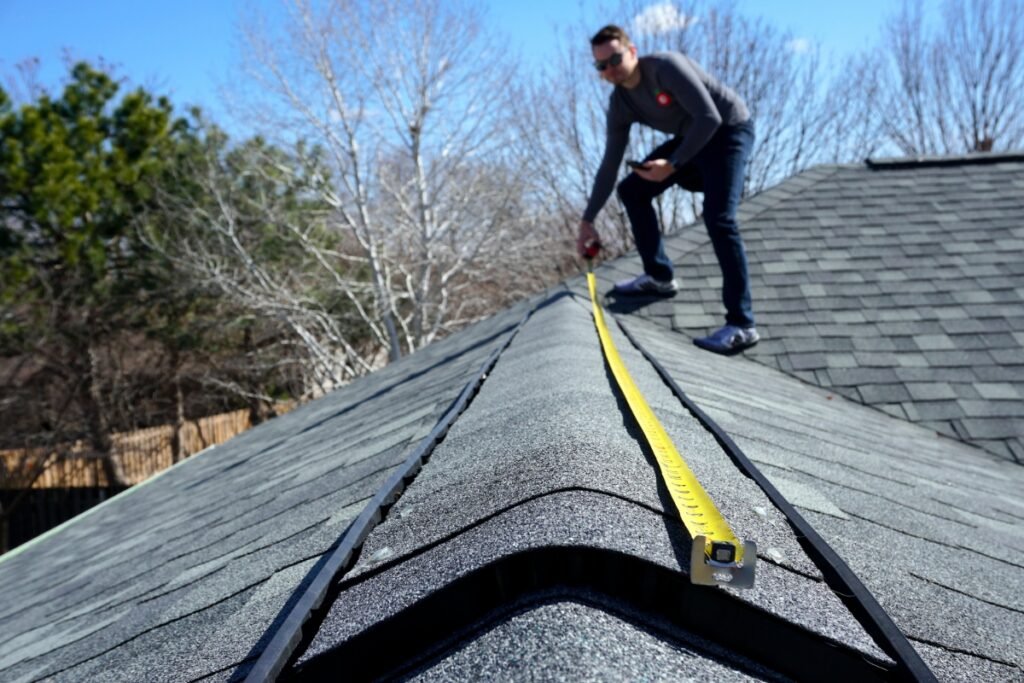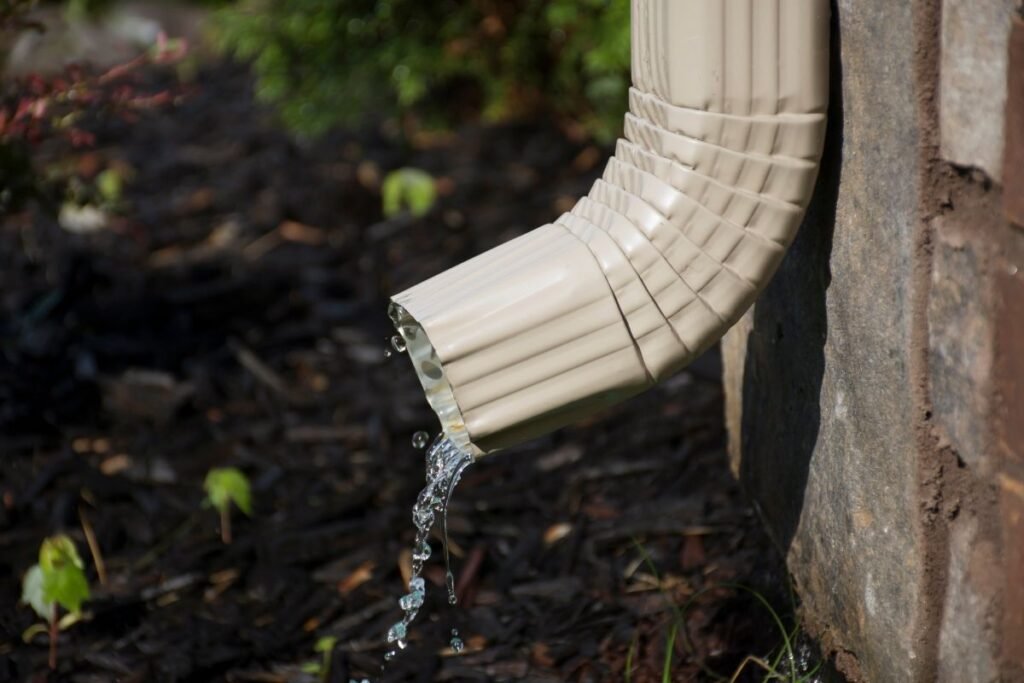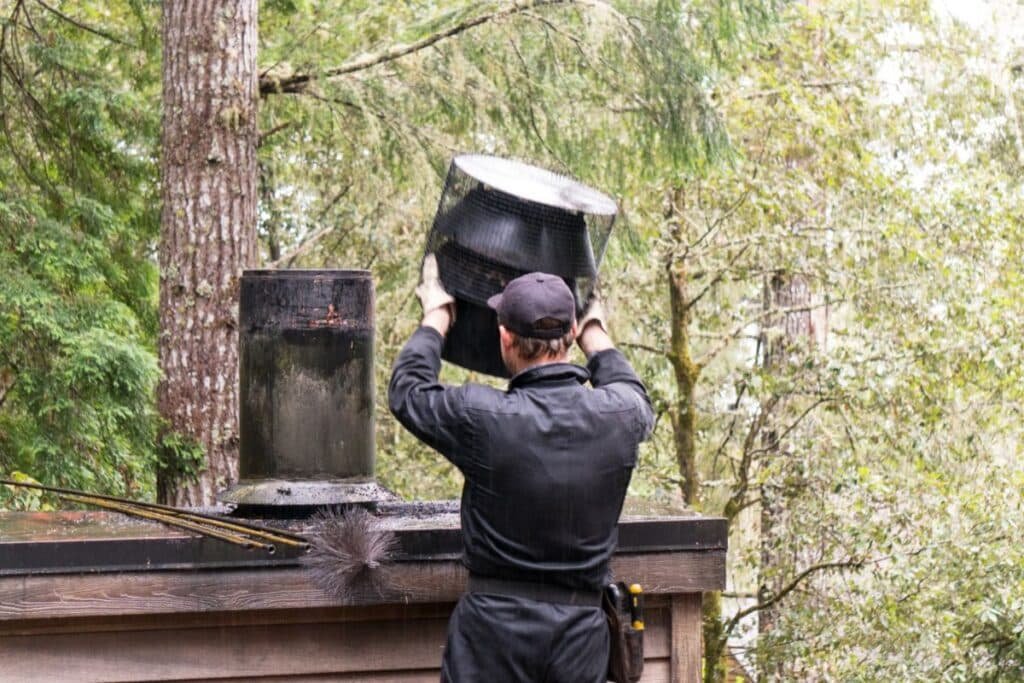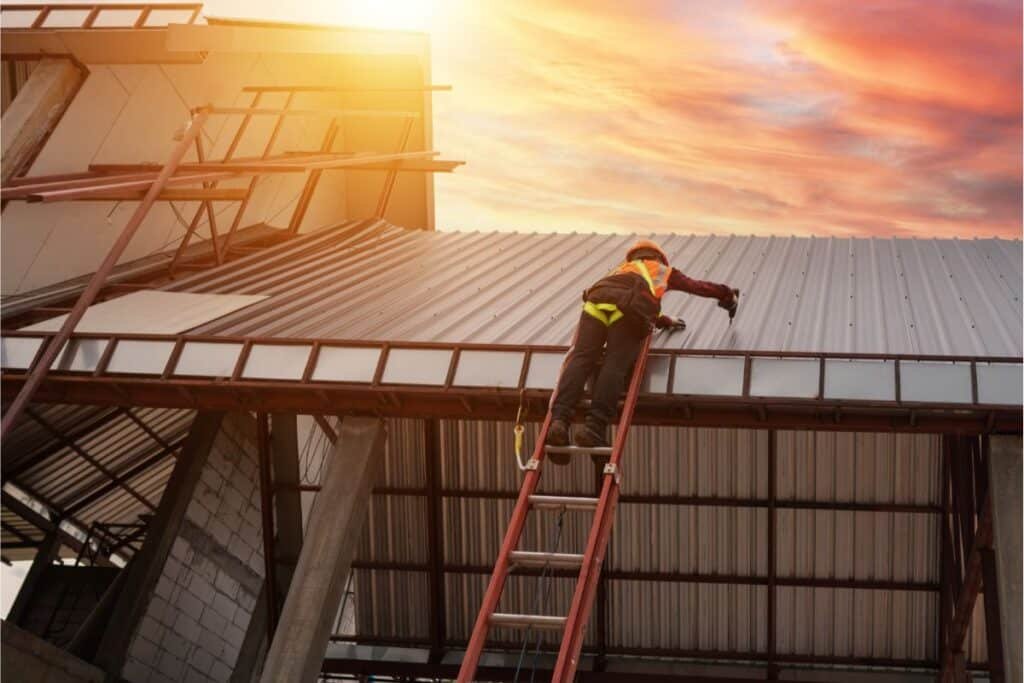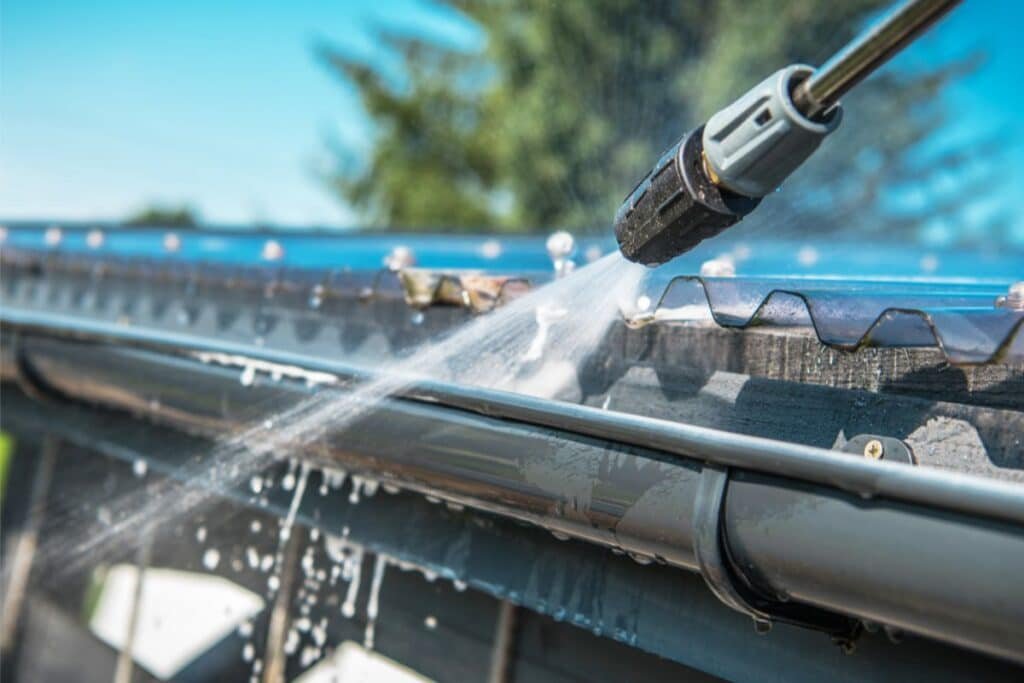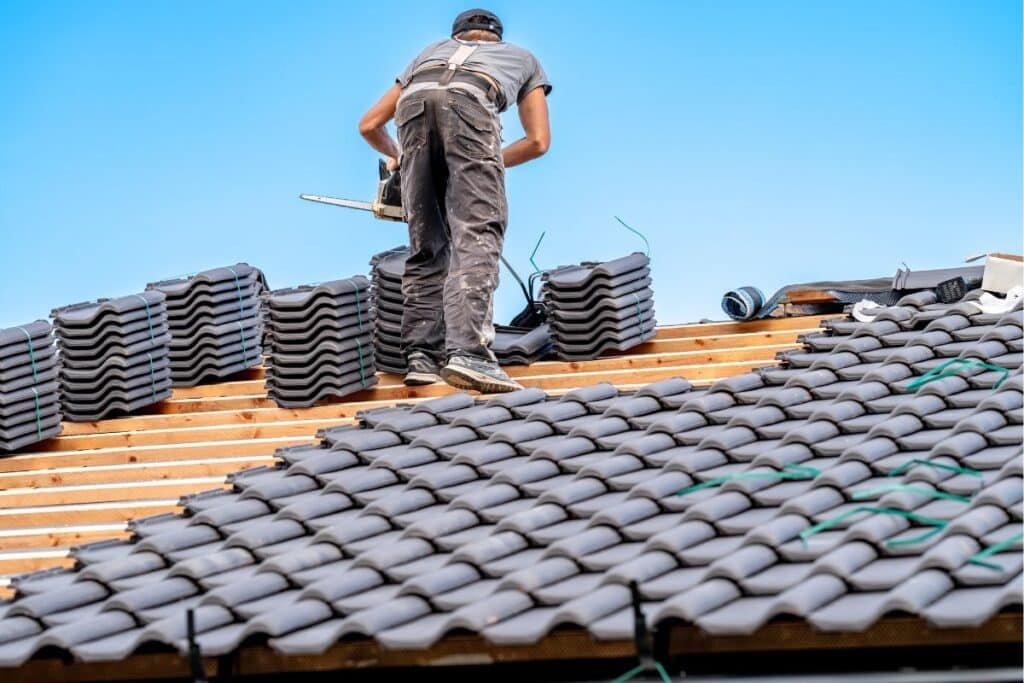When asking, “How long does a tile roof usually last?”, the answer depends largely on the material used. Tile roofs made from clay or slate can last over 100 years, while concrete or fiber cement tiles typically last 40 to 60 years. Of course, other factors like the quality of the tiles, the installation process, weather conditions, and how well the roof is maintained also play a big role in its lifespan.
Regular care and inspections help extend the roof’s life, and a good roofing system with proper ventilation and durable, low-maintenance materials can add even more years. Replacing worn tiles when needed ensures your home stays protected, making tile roofs a strong, long-lasting investment.
What is a Tile Roof?
A tile roof is a roofing system made up of overlapping tiles. It is typically made from materials like clay, concrete, metal, or slate. These tiles are arranged in a way that protects your home from harsh weather, such as rain, snow, and extreme sunlight. Tile roofs are known for their durability and aesthetic appeal, which gives your home a unique look. It is often Mediterranean or classic. Aside from their visual charm, tile roofs are also highly resistant to fire and extreme weather.
What is the Lifespan of a Tiled Roof?
The lifespan of a tile roof largely depends on the material used and the quality of the roof installation. On average, tile roofs can last anywhere from 50 to over 100 years. The lifespan depends on factors like tile type, weather conditions, and maintenance practices. Tile roofs require little upkeep, but regular inspections and tile roof maintenance can significantly extend their lifespan. For example, clay and slate tiles can often last over a century, while concrete and fiber cement tiles may have slightly shorter lifespans. Choosing the right material and ensuring proper installation is key to a long-lasting roof.
How Long Does a Tile Roof Usually Last: Different Types of Tile Roofs and Their Average Lifespan
Tile roofs are made of various materials, each with its own characteristics and longevity. The following sections break down the most common types of tile roofs and their average lifespan.

Clay Tiles
Clay tiles are one of the most traditional and durable roofing materials. They are made from natural clay and baked at high temperatures, which gives them their signature strength. Clay tiles are highly resistant to fire, pests, and extreme weather conditions. If you can care for them properly, a clay tile roof can last over 100 years. Additionally, clay tiles maintain their color over time, meaning they age gracefully without fading or discoloration.

Concrete Tiles
Concrete tiles are an affordable alternative to clay tiles but they are still durable and can last around 50 to 60 years. It is made from a mixture of sand, cement, and water. Concrete tiles are heavy and strong, capable of withstanding extreme weather. One benefit of concrete tiles is their versatility in design, as they can mimic the look of other roofing materials like wood or slate. However, they may need more tile roof maintenance than clay due to their porous nature, which can absorb water over time.

Slate Tiles
Slate tiles are a premium roofing option known for their longevity and natural beauty. They are made from natural stone, which makes them incredibly durable. A slate tile roof can last over 100 years, which is why it is one of the longest-lasting roofing materials available. In addition to its durability, slate is resistant to fire and water and it requires minimal maintenance. However, slate tiles are heavy and may require additional structural support during installation, which can increase the tile roof cost.

Metal Tiles
Metal tiles offer a modern alternative to traditional tile materials. It is made from materials like steel, aluminum, or copper. Metal tiles are lightweight and can last about 50 years. They are particularly beneficial in regions with extreme weather conditions, as they can withstand heavy rain, snow, and high winds. Metal tiles also reflect heat, which can improve energy efficiency in homes. Although metal roofs are durable, they may require more frequent inspections and tile roof maintenance to ensure that the metal doesn’t rust over time.

Fiber Cement Roof Tiles
Fiber cement tiles are made from a mixture of cement, sand, and fibers. This makes them strong but lightweight. They have a lifespan of around 40 to 50 years. Fiber cement offers a balance between affordability and durability. They are resistant to fire, pests, and moisture, but they may not last as long as more premium materials like clay or slate. Still, they are a popular choice for homeowners looking for a cost-effective roofing solution with decent longevity.
Factors that Influence How Long Does a Tile Roof Last
Several factors can affect the lifespan of a tile roof. While the type of tile is important, other elements like climate, roof installation service quality, and maintenance also play key roles in determining how long your roof will last.
-
- Type of Tiles: The type of tile used in your roof is one of the biggest factors in its longevity. As mentioned earlier, clay and slate tiles can last over 100 years, while concrete and fiber cement tiles may need to be replaced sooner.
-
- Quality of Tiles: The quality of the tiles is just as important as the material itself. Higher-quality tiles tend to be more durable and resistant to wear and tear. Investing in premium tiles upfront can save you money in the long run by reducing the need for frequent repairs or replacements.
-
- Weather: Weather conditions play a huge role in how long your tile roof lasts. Harsh climates, such as those with frequent rain, snow, or extreme heat can shorten the lifespan of a tile roof. On the other hand, regions with mild climates may experience fewer issues with wear and tear.
-
- Installation Process: Even the best tiles won’t last if they aren’t installed properly. A poor installation process can lead to leaks, cracks, and other damage that shortens the roof’s lifespan. It is essential to hire a professional roofing contractor to ensure the tiles are installed correctly.
-
- 5. Quality of Materials: Not only does the quality of the tiles matter, but so does the quality of the materials used during installation. This includes things like the underlayment, fasteners, and sealants. Using high-quality materials will help protect the roof from damage and extend its life.
When is the Right Time to Replace the Roof Tiles?
Knowing when to replace your roof tiles is essential to prevent further damage to your home. Common signs that it’s time to replace your roof include broken, cracked, or missing tiles. Water leaks, mold growth, and sagging sections of the roof are also indications that your roof may need replacement. The tile roof cost of replacing your roof can vary depending on the type of tile you choose, but it is a worthwhile investment to prevent long-term damage to your home. On average, a well-maintained tile roof will last for decades but if you notice significant wear or leaks, it is time to call a professional for an inspection.
The Tile Roof’s Design That Helps Extend Its Lifespan
The design of your tile roof can significantly impact how long it lasts. A well-thought-out design can improve durability and help to reduce maintenance needs.
1. Unique Color and Design:
Choosing unique colors and designs for your tile roof doesn’t just improve the look of your home, it can also help to improve the roof’s longevity. Lighter colors, for example, can reflect sunlight and reduce heat absorption, helping to protect the tiles from thermal damage.
2. Roofing System of Tile:
A well-designed roofing system is key to a long-lasting roof. This includes proper ventilation, insulation and underlayment that work together to protect the tiles from the elements. An effective roofing system helps to prevent moisture buildup, which can lead to mold, rot, and other issues.
3. Use Tile That Doesn’t Need Much Maintenance:
Using tiles that require minimal tile roof maintenance can save you time and money in the long run. Some materials, like clay and slate, are naturally low-maintenance and resistant to many common roofing issues. Choosing these types of tiles can help ensure your roof lasts as long as possible with minimal upkeep.
Conclusion
To wrap up, tile roofs are a solid choice for homeowners because it offers both style and long-term durability. Depending on whether you choose clay, slate, concrete, or metal, your roof could last anywhere from 40 to over 100 years. The secret to getting the most out of a tile roof is choosing quality materials.Install it correctly and staying on top of regular maintenance. Knowing how long a tile roof usually lasts and fixing any issues early on will help keep your home protected and your roof in great shape for decades to come.

